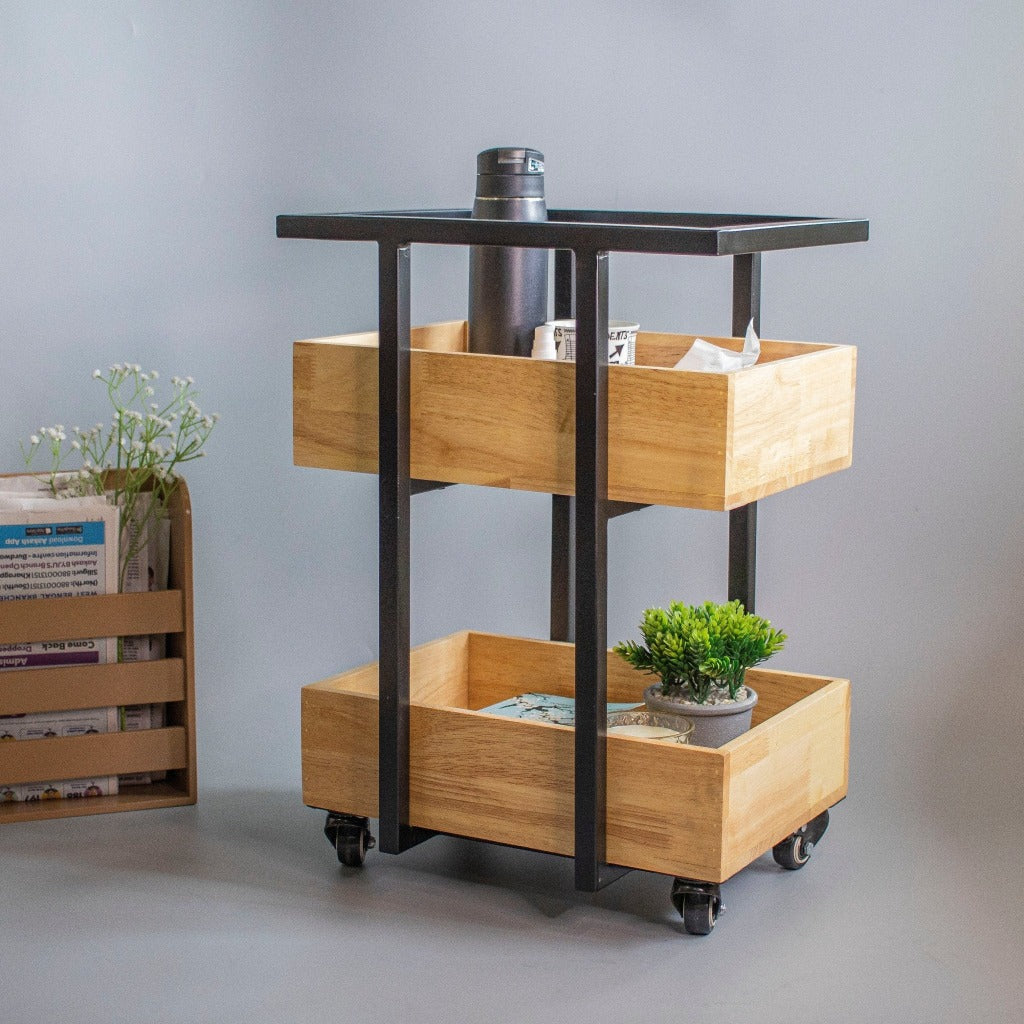Take for example a mid-sized e-commerce fulfillment center generating 5,000 orders a day. Before equip2go Platform trolleys were introduced, pickers used small four-wheeled trolleys, with an average of 25 picks per hour. By replacing this with multiple levels of trolleys (heavy-duty cart systems with multiple deck levels and modular bins), they increased pick rates to 40 picks per hour — a 60 percent marginal productivity gain. Over the next year, ergonomic changes resulted in a 45 percent overall reduction in musculoskeletal claims. In addition, the accuracy of the inventory improved as fewer items were damaged or dropped. The ROI period was calculated at only eight months, after which the company realized net savings via lower labor costs and damage claims.
Adapting Platform Trolley Solutions to Different Settings
Within temperature-controlled warehouses, equipment must maintain performance even in bitter cold conditions. Suppliers like equip2go has stainless steel Platform trolleys which are extremely corrosion resistant, and will not freeze their wheels at sub-zero temperatures. Sealed bearings prevent moisture ingress, increasing longevity. In contrast, these trolleys allow fast picking and stocking in freezer environments, where the optimization is key for product integrity.
It works for Heavy-Duty Industrial Applications
In places like metal fabrication workshops or auto components warehouses, load capacity can top a ton. The heavy-duty platform trolley from equip2go have reinforced frames, thicker platform decks, and high-capacity swivel castors. These units carry heavy components while preserving maneuverability, allowing for floor-level loading — eliminating the use of forklifts — and minimizing operational bottlenecks.
Pharmaceutical and Cleanroom Environments
Usage in cleanrooms requires devices that produce few particulates and can easily be disinfected cleanroom suitable antistatic polypropylene deck surfaces with stainless steel frames from equip2go. Exposed hinges or junctions can be challenging to clean, leading to potential noncompliance or increased downtime when the rates that must be maintained with sanitizing procedures are high.
Routine Inspection and Maintenance
Regular inspection of the Platform trolley fleet is crucial for maintaining performance at peak level. Important areas include wheel bearings, frame integrity, and deck surface conditions. equip2go supplies maintenance instructions and spare parts kits so in-house repair teams can return to service any wear quickly. This reduces unexpected breakdowns and increases trolley lifespans.
Best practices for using – operator training
The most advanced Platform trolley delivers poor results when used incorrectly. Thorough education—addressing weight capacities, handling methods, and preventive measures—enables operatives to harness the trolley’s maximum benefits. equip2go liaisons are generally able to run on-location or online trainings to ensure even a staff across multiple shifts can understand proper use.
Comprehensive Lifecycle Assessment and Replacement Planning
Using the data of usage metrics – including run hours and load cycles, warehouse managers can estimate when trolleys will need point-in-time overhauls or replacement. equip2go enables data-driven lifecycle planning by providing a fleet management software integration with warehouse management systems (WMS). Such foresight avoids shortages of equipment and overrun budgets.
Connectivity and Data Analytics of IoT
Intelligent equipment could be the next step in the evolution of the Platform trolley solution. Sensors embedded at load points can give real time data on usage patterns, load-weight and wheel health. equip2go is moving ahead with smart trolleys that communicate with central dashboards allowing predictive maintenance and dynamic resource allocation. These data intelligences offer further increases in uptime and efficiency.
Automation and Integration with Automated Guided Vehicle Systems
Platform trolleys will become crucial interfaces between human operators and automated workflows as more warehouses adopt Autonomous Guided Vehicles (AGVs) and robotics. Future equip2go layouts might feature AGV-compatible fittings or even robot-assisted loading, creating seamless handoffs between manual and automated processes. This model combines human judgment with robotic precision. This adaptability minimizes equipment inventories and achieves sustainable objectives through maximum utilization.





